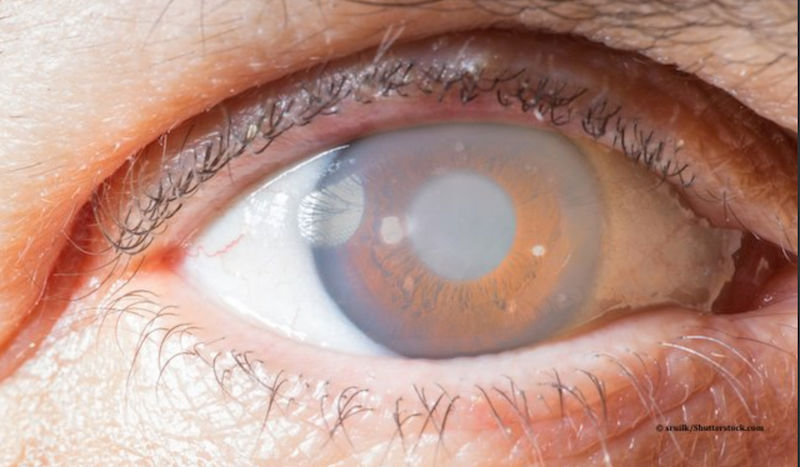
Glaucoma
What is Glaucoma ?
Glaucoma is an degenerative disease of the nerve of an eye that can cause vision loss or blindness. With glaucoma, fluid pressure builds up in the eye, which puts pressure on the nerve of the eye. This pressure damages the optic nerve and causes vision loss. Peripheral or Side vision is affected first, followed by central vision loss.
Types of Glaucoma
There are two main types of glaucoma:
- Open-angle glaucoma:This type of glaucoma often has no signs until it reaches an advanced stage. The pressure slowly damages the optic nerve over time. This affects both eyes but patients may have signs in one eye first.
- Angle-closure glaucoma:This type of glaucoma has a sudden rise in pressure and severe signs. Permanent vision loss can occur within one day so it is very important to seek medical care right away.
Risk Factors for Glaucoma:
You are at risk for developing glaucoma if you:
- Have a family member with glaucoma
- Have diabetes, high blood pressure, heart disease or hypothyroidism
- Are nearsighted (MYOPIA)
- Have had an injury to the eye, certain eye surgeries or chronic eye inflammation
- Have been taking steroids for long periods of time
- Are over age 60
Signs of Glaucoma:
Majority of time, Glaucoma may have no signs until there is vision loss. Other signs you may have:
- Blurred vision
- Halos around lights
- Loss of peripheral or side vision
- Tunnel vision
- Red eyes
- Severe eye pain
- Nausea and vomiting
Examinations for Glaucoma:
Your eye doctor may do some tests as follow:
- Eye pressure
- Optic nerve
- Visual Fields

Our normal IOP (Intraocular Pressure) is in range of 10-21 mmHg. In many types of glaucoma, IOP is more than 21 mmHg.

In glaucoma, Optic nerve's Neuroretinal Rim (NRR) is thinner than normal. Also Cup-disc Ration (CDR) is increased.

Glaucoma affects peripheral visual field first then followed by central field. This is detected by Visual Field Tests.
Glaucoma cannot be cured and damage cannot be reversed. But with treatment, eye pressure can be decreased and further vision loss can be prevented. Eye drops are the most common early treatment for glaucoma. Other treatments may include oral medicines, laser treatment or surgery. When you have glaucoma, it must be treated for the rest of your life.
Management of Glaucoma:
There is no proven way to prevent glaucoma. We can just control EYE PRESSURE by eye drops. If increased eye pressure is detected and treated early, it can decrease loss of vision and prevent blindness.
- Prevention: Have your eyes checked and tested for glaucoma at least every five years after age 40. If your pressure readings begin to rise, you will need to have eye exams more often.
- To prevent increased pressure in your eyes:
- Find ways to cope with stress.
- Exercise regularly.
- Limit caffeine.
- Eat a healthy diet of fruits and vegetables.
- Wear eye protection during work or with sports to prevent injury.
- Control your diabetes, high blood pressure, cholesterol and heart disease.
- We do not recommend to use herbal or ayurvedic medicines that are advertised for glaucoma treatment. These are not proven effective and may delay your getting proper treatment.
These all details in just for basic information about the diseases. Please consult your doctor before following this by yourself. --- Dr Dhaval Patel (MD, AIIMS Delhi)
- compiled & published by Dr Dhaval Patel MD AIIMS